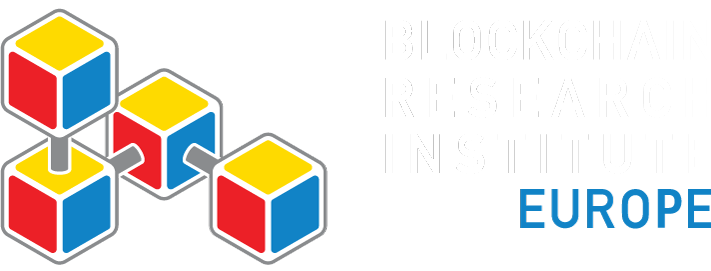Blockchain Revolution in Education and Lifelong Learning
Report Overview
Author: Don Tapscott, Alex Kaplan
Release Date: April 22, 2019
Abstract:
Updated in collaboration with the IBM Institute for Business Value, this project explores how blockchain is transforming education with an emphasis on lifelong learning and the reskilling of the workforce. It covers not just traditional educational institutions but also corporate training and development, where innovators are using blockchain to establish student identity, protect privacy, finance coursework, measure progress, and record badges of achievement and skills mastery. The implementation of microcredentialing capabilities, pay-as-you-learn funding models, and massively open online courses, plus the co-creation of open educational resources, are making the meta-university possible, affordable, and accessible for more students and employees worldwide.
